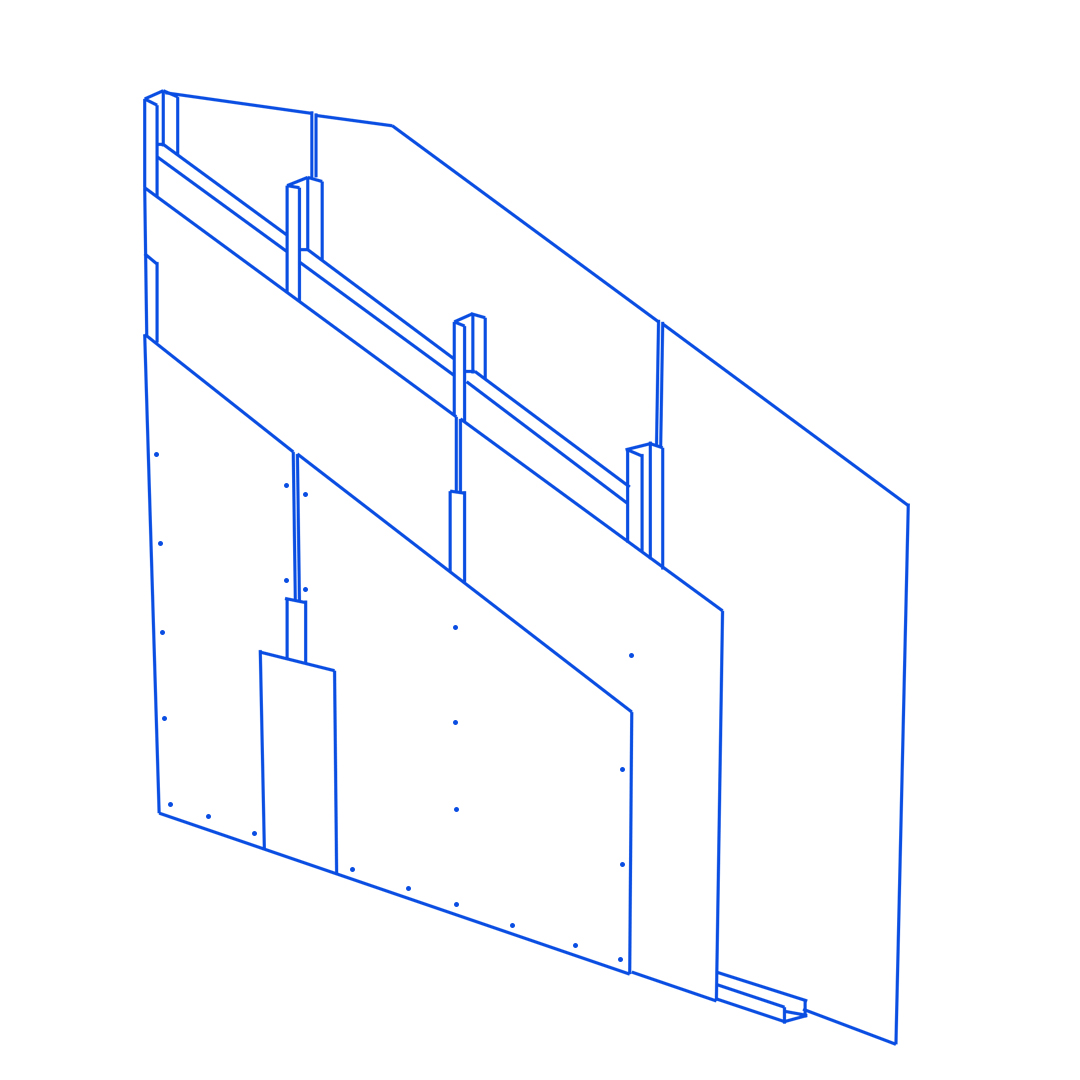
Thermal insulation in partition walls not only improves the thermal barrier between rooms but also enhances sound insulation, contributing to increased comfort and energy efficiency.
Thermal insulation in partition walls not only improves the thermal barrier between rooms but also enhances sound insulation, contributing to increased comfort and energy efficiency.
Each material has specific characteristics that must align with your specific needs, which is why it’s essential to clearly define the purpose of the insulation:
Properly installed insulation will significantly improve the functionality of the wall.
Contact our technical team for more information!
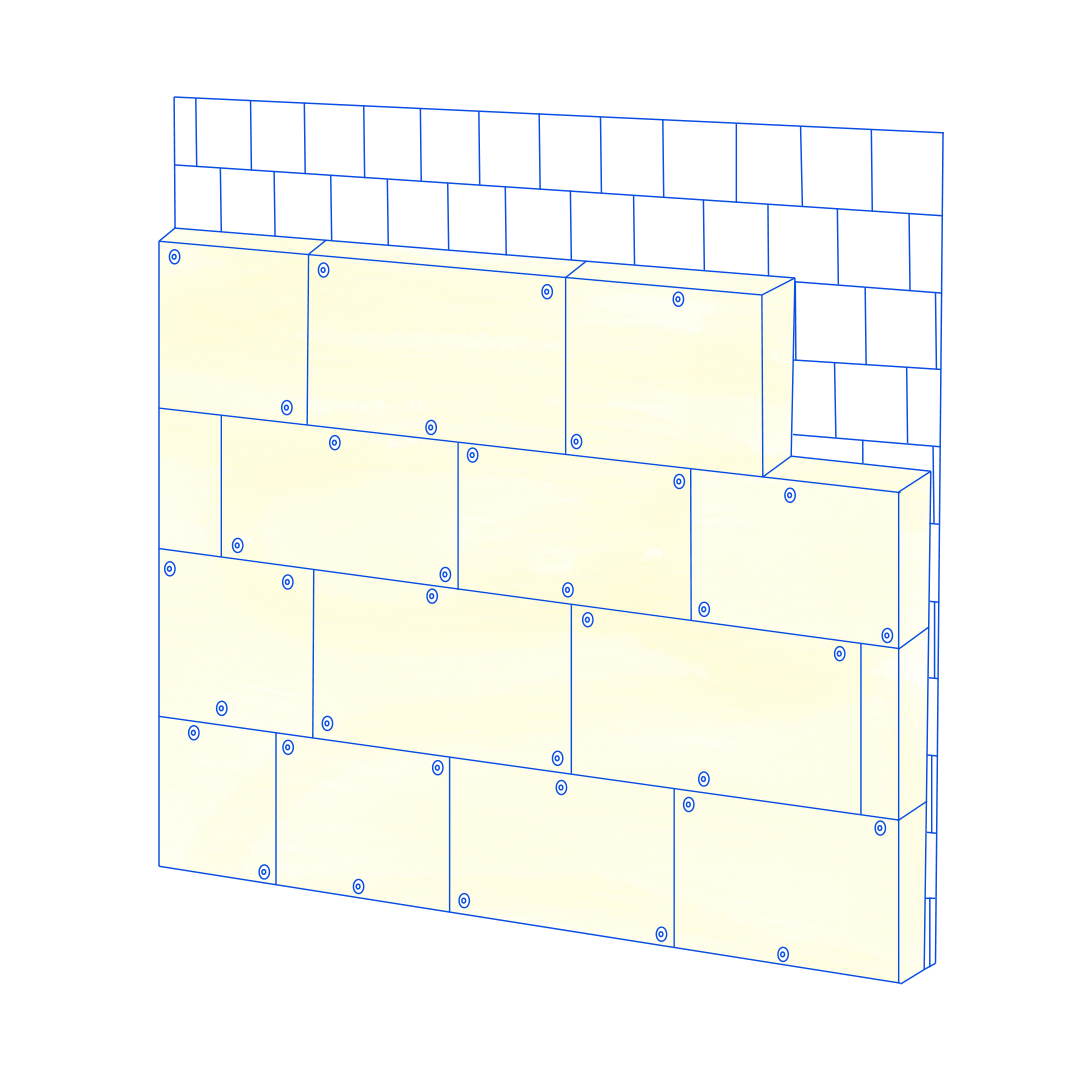
Facade insulation is a key component of a building’s energy efficiency.
Facade insulation is a key component of a building’s energy efficiency. One of the most effective ways to reduce energy consumption for heating and cooling is through the careful selection and installation of thermal insulation on the facade. The fundamental principle of facade thermal insulation is to position a material with excellent insulating properties on the exterior, where it serves as the first line of defense against heat and cold, protecting the inner layers from temperature fluctuations. Commonly used materials for this purpose are mineral wool, glass wool, rock wool, EPS, and XPS.
Why is facade insulation important?
Types of Facade Systems:
Contact our technical team for more information!
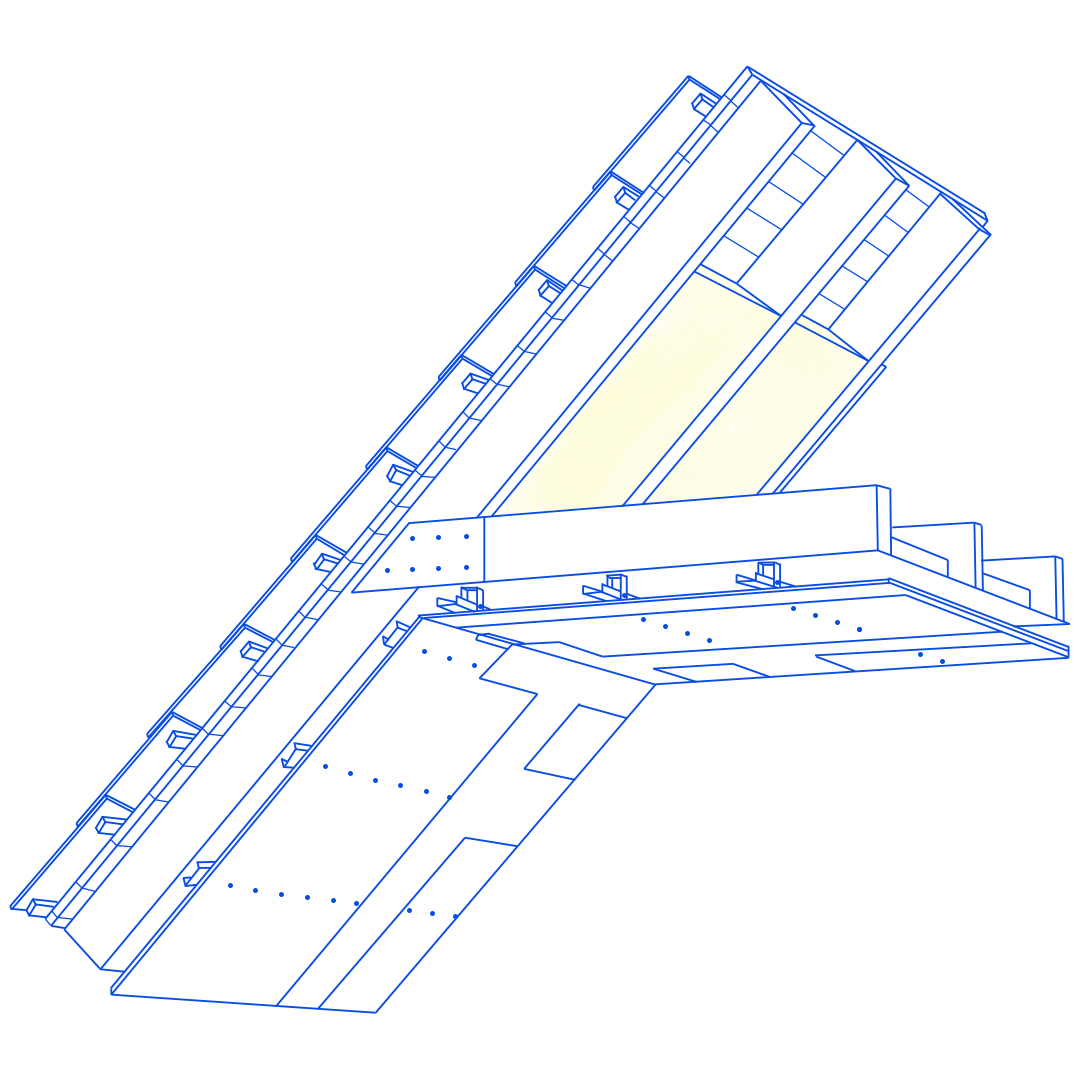
Proper insulation of a pitched roof is crucial for enhancing energy efficiency, comfort, and the long-term durability of your home.
Proper insulation of a pitched roof is crucial for enhancing energy efficiency, comfort, and the long-term durability of your home. The pitched roof is often overlooked when it comes to energy savings, noise protection, and fire safety. The roof structure is particularly vulnerable to environmental factors (rain, snow, wind, sunlight, etc.), so it is crucial to ensure that your pitched roof is effectively insulated.
Special attention should be given to ventilation, specifically the removal of excess moisture and condensation.
Contact our technical team for more information!
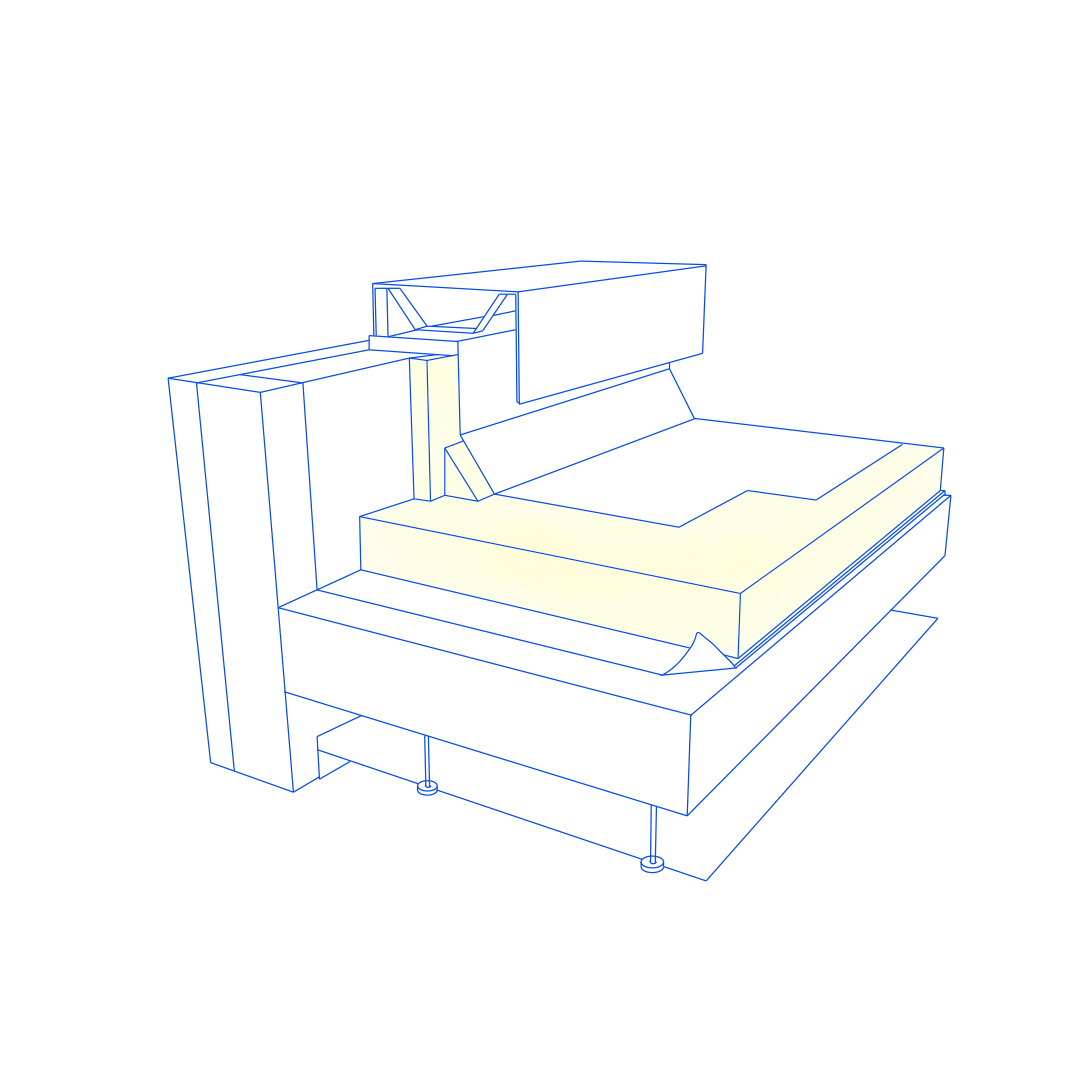
Insulating a flat roof is a complex process, as it must provide thermal and sound insulation, while also offering protection against water and UV radiation.
Insulating a flat roof is a complex process, as it must provide thermal and sound insulation, while also offering protection against water and UV radiation. Flat roofs are often used as terraces or green spaces, which further necessitates proper construction and drainage.
Types of flat roofs:
For the past 50 years, flat roofs have been the preferred choice for commercial, industrial, and mixed-use residential buildings. Successful implementation of a flat roof requires optimal design and the selection of appropriate thermal insulation.
When choosing the right product, it is important to consider the type of flat roof, whether it is accessible or non-accessible.
A well-designed and properly insulated roof has a positive impact on the building’s lifespan, energy efficiency, as well as the comfort and safety of its occupants. Flat roofs provide additional functional space, often used for paved terraces, green areas, and, most commonly, installation equipment.
Contact our technical team for more information!
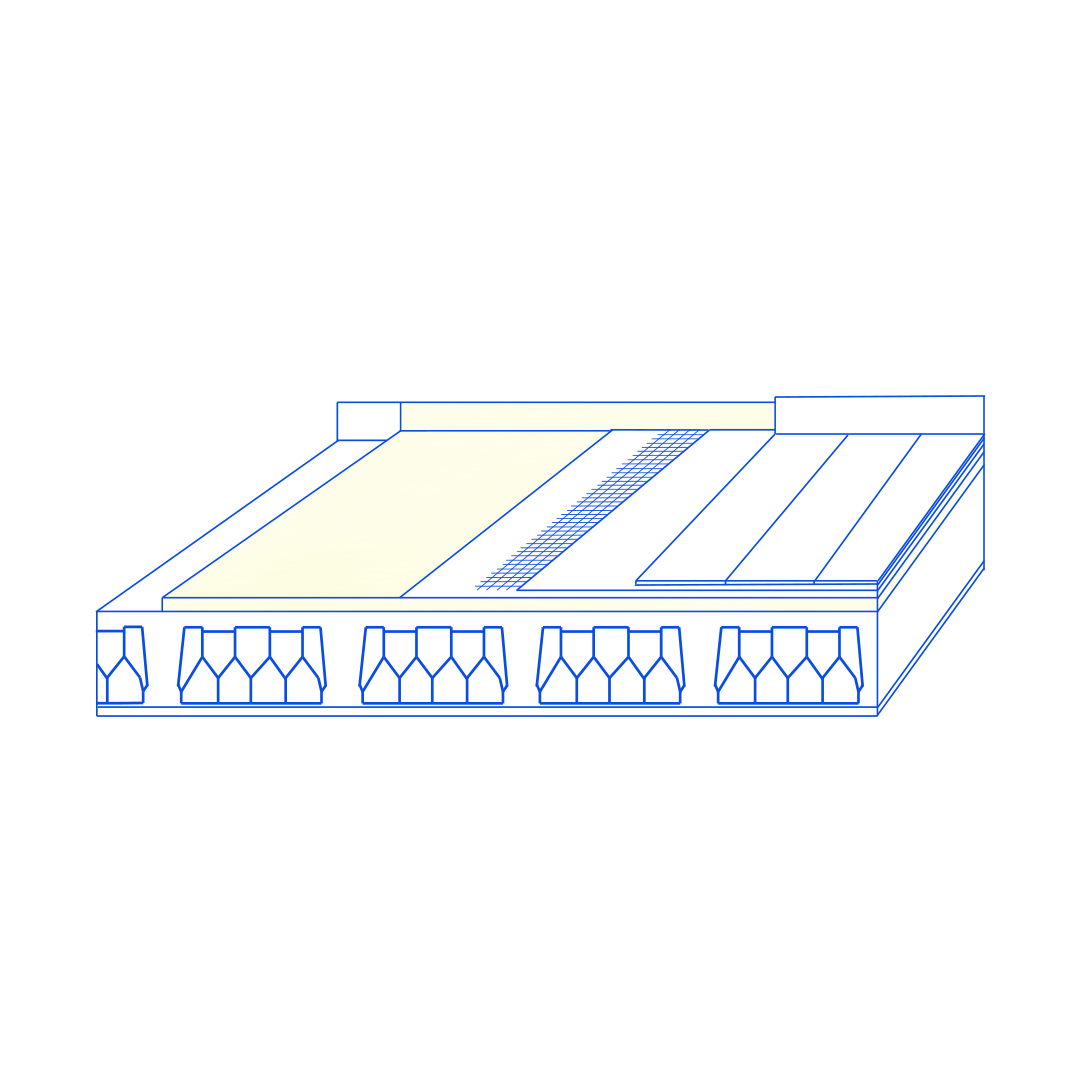
Uninsulated panels (floors) contribute significantly to heat loss and create an uncomfortable feeling that certain rooms in both residential and commercial spaces are never warm enough.
Uninsulated panels (floors) contribute significantly to heat loss and create an uncomfortable feeling that certain rooms in both residential and commercial spaces are never warm enough. They also lead to the presence of unwanted noise, commonly known as impact noise, which is characteristic of floors.
Activities such as walking on the floor, moving furniture, and objects falling or striking surfaces create impact sounds, which then transfer through the floor to adjacent walls and throughout the building's structure. As a result, these impacts can be heard several floors above or below. The most effective way to address impact noise is to intervene directly at the source. While installing a suspended ceiling in the room directly beneath the noise source may have some effect on sound reduction, the overall impact will be limited. (This exception applies only when the room below is also insulated along its walls.)
The solution to impact sound insulation is a floating floor construction with rock wool or thermal insulation boards. This approach not only reduces noise but also ensures effective thermal insulation.
Contact our technical team for more information!